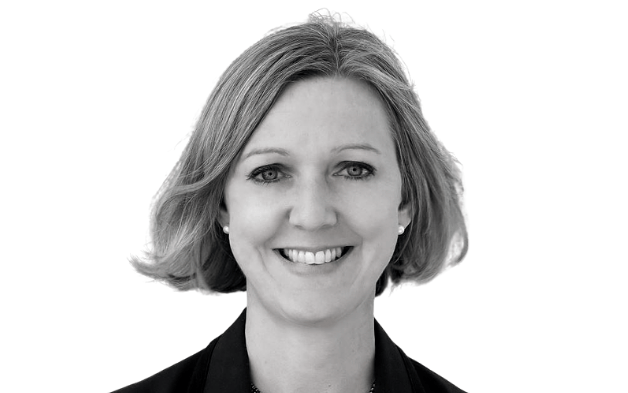The $244 billion Thrift Savings Plan, the largest defined contribution plan in the world, faces an enormous operational challenge this year as it moves from an opt-in to an opt-out default for US federal employees. Amanda White spoke with executive director Greg Long about the fund’s plans for 2010, which include a substantial investment tender.
The Thrift Savings Plan (TSP) will tender its entire outsourced assets under management later this year.
While for some funds this would mean a dramatic overhaul of providers and asset allocation, the structure of this fund is such that the tender process requires only five simple mandates. But this simplicity does not undermine the enormity of the assets up for grabs.
The TSP has five core individual funds and five lifecycle funds composed of percentages of the five individual funds. All are passively managed, and currently all are mandated with BlackRock.
In fact since the fund was designed, in 1986, it has employed Barclays in its various guises as far back as its Wells Fargo incarnation, and now invests in four of Barclays index funds.
The five individual funds are the G fund, made up of government securities which is the only fund not invested in a Barclays index fund; the F fund, the fixed income index fund; the C fund, the common stock index fund; the S fund, the small capitalisation stock index fund; and the I fund, the international stock index fund.
The TSP will initiate a tender for the four outsourced individual funds later this year, while the G fund will remain managed in house.
Executive director of the Federal Retirement Thrift Investment Board (FRTIB) the federal agency that administers the TSP, Greg Long, says this will be a competitive bid and could result in four different providers.
“The current provider will have to compete on fees and services,” he says.
The key attributes Long will be examining in a fund managers will be scale, cost, corporate stability, risk mitigation and full disclosure.
While he acknowledges that passive management has its pros and cons Long believes the low cost and simplicity of the strategy suits the fund.
“Our size drives a lot of things we do and operationally we strive to be simple,” he says.
“Our assets are passively managed because it keeps costs low and takes us out of the role of selecting securities.”
In the past 18 months the fund has had some poor performance but now the size of the pool is back to above the pre crisis, and with $244 billion it currently sits above CalPERS in asset size making it the largest fund in the US.
While legislated differently, for all intense purposes the fund mirrors the 401(k) plans US corporations offer employees, with the TSP membership made up of current and former federal employees, including the vice president but excluding the president who appoints the fiduciary (although as a senator President Obama would have had an account).
Uniformed services employees are also members, and the geographical location of those members creates a communication challenge for the fund.
“They are literally in all corners of the earth,” Long, who prioritises member education and communication, says.
Overall, the fund has about 4.2 million members so the weight of transactions in all facets of the business is enormous.
“We have so many people and so many transactions we have made sure we are operationally uniform in a number of respects,” Long says.
One of those areas is payroll, with only a number of payroll systems accepted, simplifying the process considerably.
From an investment view point the fund introduced the lifecycle funds in 2003 and Long describes the experience so far as “phenomenal”.
The glide path, overseen internally with the help of Mercer, ranges from a ratio of aggressive to defensive assets of roughly 80:20 to 20:80, over five options.
“The message we have given members is to pick the year you want to receive your money and then we will scale down allocations as you get closer, there is nothing special about our allocations.”
The fund has seen a steady take up rate of the options and now roughly 10 per cent of the assets sit within the lifecycle funds.
Long has extensive experience in this area having worked for Citistreet in a past life before joining the FRTIB as director of product development, where he oversaw the strategic planning functions and the development of new services and products that promote beneficial savings behaviour. He also managed all research efforts to understand the attitudes and investment behaviour of TSP participants.
While the provision of a suitable advice function is on the agenda, more urgently this year for Long and his staff of 100, will be addressing the substantial plan design changes that will come into effect following the passing of a bill designed by President Obama.
The extensive plan changes are twofold: this year there will be automatic enrolment for federal employees, which means moving from an opt-in to an opt-out choice; and from 2011 members can make after-tax contributions.
“One of our big concerns with these changes will be how to educate members, for example, of the difference between pre and after-tax contributions. It’s a huge task.”


